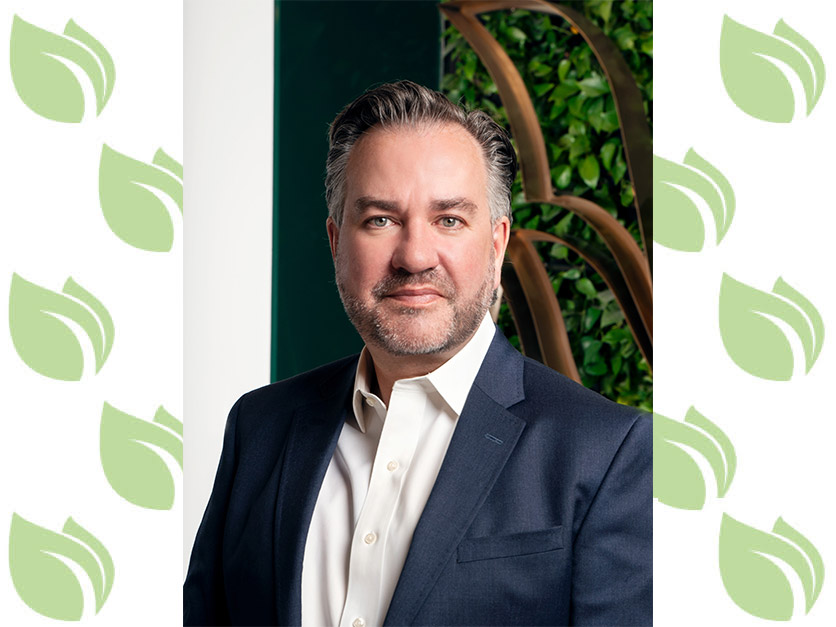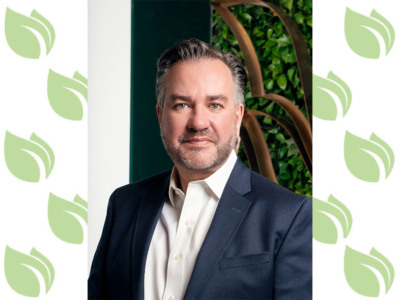I've spent my entire life in agriculture - from growing up on my family's dairy farm in Saskatchewan, Canada to my current role leading the world's largest crop inputs and services company. I have never seen a gap between global fertilizer supply and demand as serious as the one we have now.
This supply shortfall has caused fertilizer prices to soar, sparking many discussions inside and outside the agricultural industry.
In a recent report, the Food and Agriculture Organization of the United Nations noted the increase in international fertilizer benchmark prices in 2021 and stated, “Similar to other commodity prices, these fertilizer price dynamics were determined by the interplay of supply and demand.”
Although I can’t speak for the entire fertilizer industry, I’d like to explain our perspective on this complex and ever-changing global market. As a fertilizer producer with dozens of mine sites and manufacturing plants in the United States and Canada and a retailer that serves more than 100,000 American growers, we have a view into many parts of the supply chain.
The upheaval in the fertilizer market didn’t happen overnight. It started two years ago as uncertainty about the effects of the coronavirus pandemic contributed to a slowdown in trade and resulted in a drawdown of fertilizer inventories globally. Then, in the second half of 2020, demand began to rise sharply.
Several production-related challenges created supply constraints in 2021, including:
- Natural disasters that slowed or stopped production
- Extraordinary supply chain issues, including labor shortages
- Rapidly increasing natural gas prices, which are essential for some fertilizer production
- Global trade limitations, including China’s export restrictions on urea and phosphate fertilizers
When Russia invaded Ukraine earlier this year, the global effects were immediate. While Nutrien does not have our own operations in Eastern Europe, our hearts go out to everyone affected by the crisis.
The conflict also made a bad situation worse when it came to fertilizer supply. Russia and Belarus account for 40 percent of global potash production – and trade and exports from the region have been dramatically reduced since the beginning of March. Also, Russia is the largest global exporter of nitrogen. The end result is millions fewer tonnes of fertilizer available at a time of increasing global demand.
One company can’t make up for the massive supply shortfall caused by these factors, but as the world’s largest potash producer and one of the top phosphate and nitrogen producers, we’re doing all we can.
We announced in March a 1 million tonnes increase in potash production that will bring us to a total of 15 million tonnes for 2022. In fact, Nutrien is responsible for more than 70 percent of the global potash production added since 2020.
Also, Nutrien’s nitrogen and phosphate fertilizer plants are operating at the highest rates possible while adhering to our industry-leading safety standards. We have boosted production of nitrogen at our plants in Louisiana, Texas, Ohio, Georgia and Alberta, Canada, adding almost 1 million additional tonnes of capacity from 2018 to 2021. We have started a second phase of projects that are expected to add 500,000 additional tonnes by 2024 to 2025.
We often get questions about why Nutrien and other fertilizer producers can’t respond to the current market by constantly increasing production. While Nutrien maintains the flexibility to boost potash production as we have over the past two years, those increases take months in order to hire people and purchase equipment. Larger scale fertilizer production increases take years and billions of dollars of capital investment.
Growing up in a farming family, and with family members still farming, I understand the pressure on growers when farm input prices increase. We work side-by-side with growers through our retail business unit, Nutrien Ag Solutions, where we counsel them on how to use fertilizer as efficiently as possible.
Our 3,900 agronomists and field experts, who have built longtime relationships with our grower customers, have an array of agronomic solutions to help growers optimize input use, including soil testing, digital tools, variable rate recommendations and custom application. Our grower customers recognize the global food supply challenges and are using inputs in the most economically and environmentally sustainable way in response to the challenge.
Nutrien will continue to do what it can to supply available crop inputs and services to farmers. Just like there isn’t one cause for increased fertilizer costs, there isn’t one standalone solution to address the disconnect between supply and demand.
Ken Seitz, interim CEO, of Nutrien, has more than 25 years of global management experience in the agriculture and mining sectors.
For more opinions and ag news, visit www.Agri-Pulse.com.


